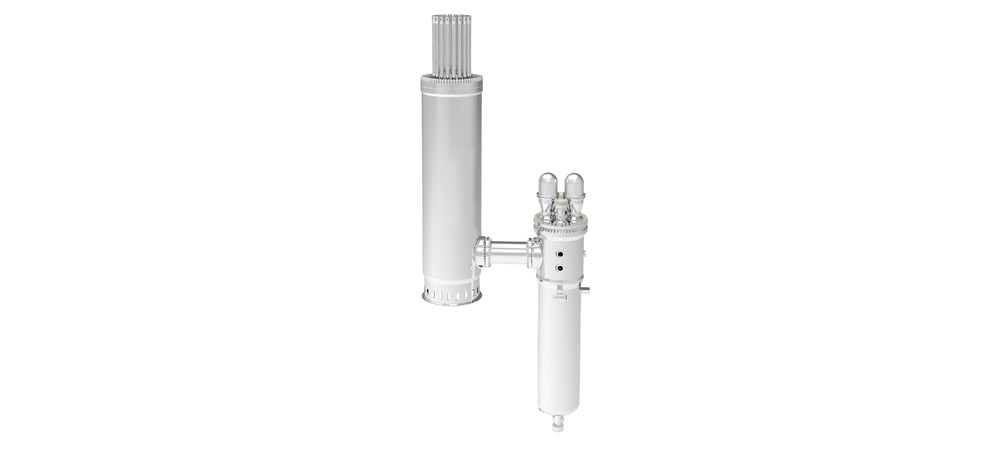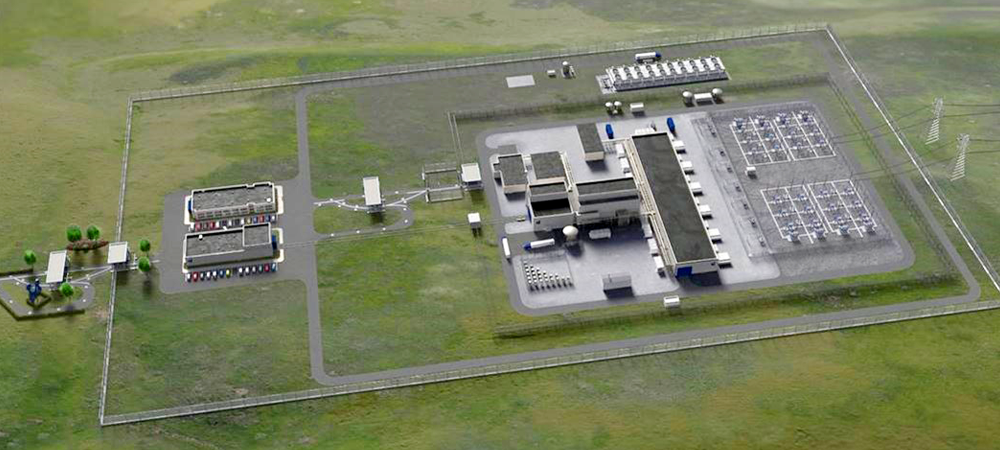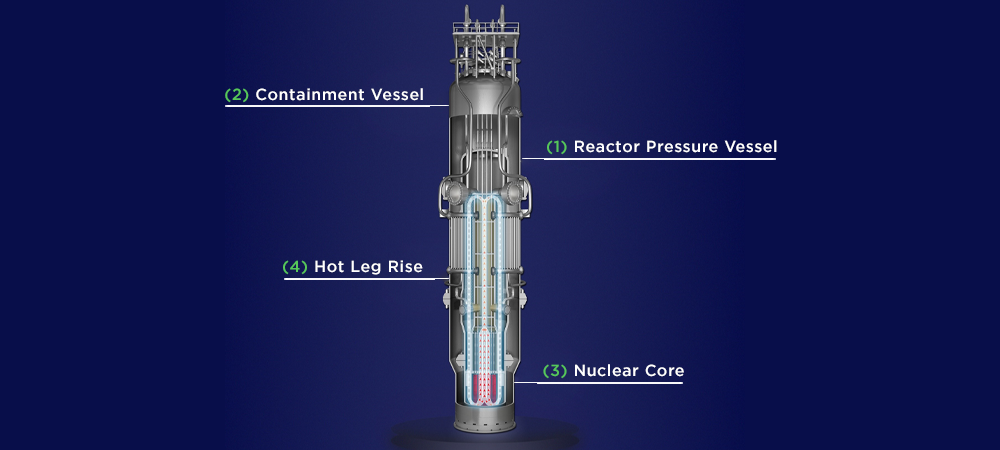Another promising solution — researched for many years at the Oak Ridge National Laboratory in Tennessee and in similar research facilities in Germany — is a liquid fluoride thorium reactor (LFTR). Instead of using solid uranium fuel rods and water as the moderator, the LFTR uses thorium as the fuel and molten salt for both cooling and the heat transfer needed for power production. Though it is still a nuclear reactor, it is far safer and potentially less costly to construct.
How the LFTR Process Works
Using thorium as a fuel does not cause any of the issues that LWRs must deal with. On the periodic table of elements, thorium can be found on the heavy section near uranium, with 90 protons and 142 neutrons.
Almost all naturally occurring thorium is thorium-232, the exact isotope that can be used in nuclear reactors. According to current estimates, the Earth’s crust contains three times more thorium than uranium. The most common source of thorium is the rare earth mineral monazite. Large known deposits of monazite sand are located in India, Brazil and Australia, and there are more than 200 thorium-rich veins in the U.S.
Thorium is fertile, not fissile, which means in a molten salt reactor it must be kick-started by absorbing a neutron from a fissile agent like uranium-235. As it is bombarded by neutrons, thorium goes through a series of reactions that transform it into a fissile material — specifically, an isotope of uranium called uranium-233. Though it is a close cousin of uranium-235, this member of the isotope family behaves very differently. Uranium-233 splits nicely and releases more neutrons than uranium-235, thus making the chain reaction even more efficient. It also doesn’t produce plutonium-239.
The thorium/uranium reaction proceeds to heat the salt surrounding it, turning it into a molten state. This molten material generates convective heat that circulates through a heat exchanger in which either gas, such as carbon dioxide, or steam drives a turbine for electric power generation.
Almost all the fuel in a thorium reactor is used to generate energy, compared with uranium, which only has about 3%-5% of the material needed in a reactor. As a result, up to 250 times greater overall energy output can potentially be derived from the thorium/uranium cycle compared to the uranium/plutonium cycle.
Safety Is a Primary Benefit
Thorium reactors are inherently safe because the fuel is not fissile no matter how many nuclei are packed together. This means the chain reaction can be stopped simply by stopping the neutron bombardment and shutting down the process.
Theoretically, it is nearly impossible to have a meltdown event. Because the fuel is mixed with molten salt and in a liquid state, excessive heat causes it to expand, spreading the fissile material farther apart and slowing down the fission process. Since there isn’t any pressurized water, there also is no risk of a hydrogen explosion caused by a high-temperature zirconium-water reaction. These features allow the system to be shut down automatically without human intervention.
Because the fuel in the coolant is a liquid mixture, the reactor also can be refueled while the plant is online, avoiding a costly and potentially hazardous shutdown to replace spent solid uranium fuel.
Waste from the LFTR is still highly radioactive, but there is far less of it, and it only stays radioactive for approximately 300 years, versus many hundreds of thousands of years for waste generated from the uranium/plutonium cycle.







